Type Commuter rail Status Operational Owner Network Rail | System National Rail Operator(s) Southeastern | |
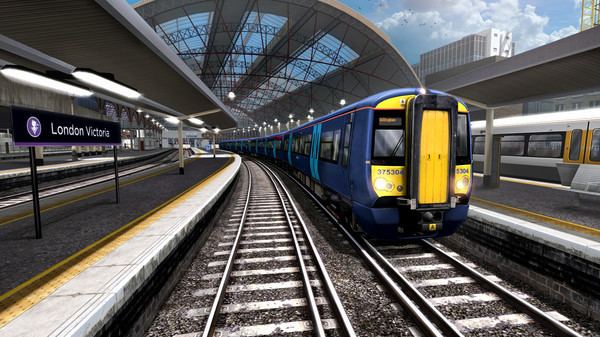 | ||
Locale Greater London
South East England Track gauge 1,435 mm (4 ft 8 ⁄2 in) standard gauge Rolling stocks British Rail Class 375, British Rail Class 395, British Rail Class 465, British Rail Class 466 Terminis Ramsgate railway station, Dover Priory railway station, London Victoria station | ||
Kent link networker ts2016 se class 465 1 chatham main line
The Chatham main line is a railway line in England that links London Victoria and Dover Priory / Ramsgate, travelling via Medway (of which the town of Chatham is part, hence the name).
Contents
- Kent link networker ts2016 se class 465 1 chatham main line
- Train simulator 2016 let s play 95 chatham main line victoria to ramsgate 1080p 60fps
- Services
- Altered services due to emergency repairs
- Rolling stock
- History
- East Kent Re signalling Project
- Accidents and incidents
- References
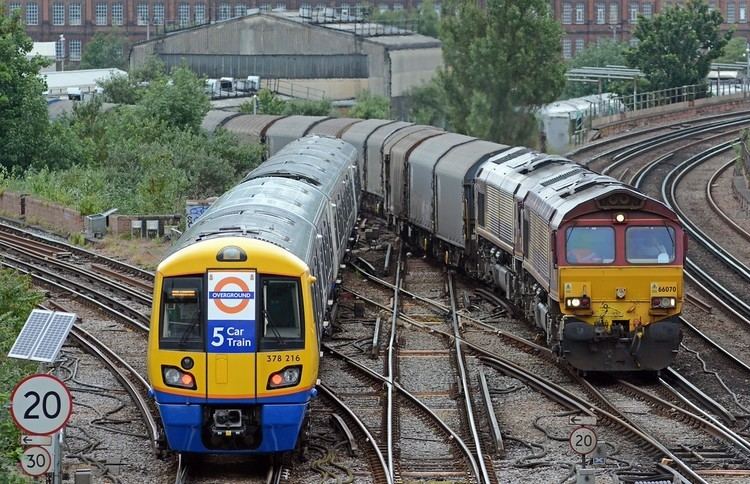
Services to Cannon Street follow the route as far as St Mary Cray Junction where they diverge onto the South Eastern Main Line near Chislehurst.
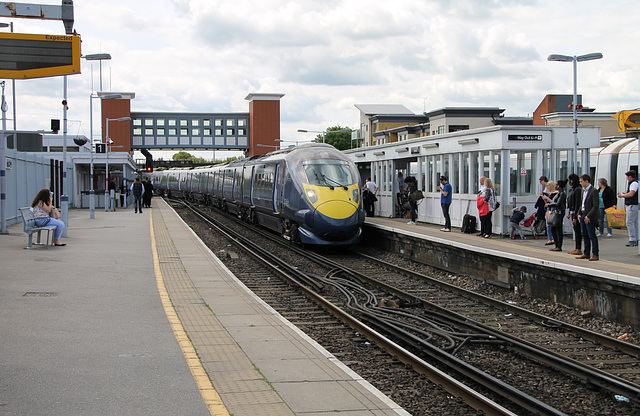
Services to Charing Cross as well as some slow Cannon Street services run in parallel from Gillingham to Rochester, diverging once across the River Medway at Rochester Bridge Junction onto the North Kent Line via Gravesend and Dartford.
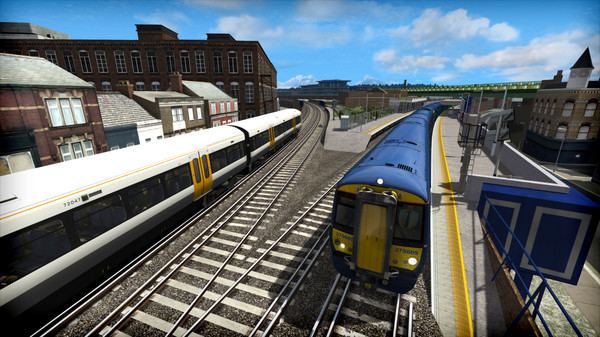
A shuttle service operates on the Sheerness Line which starts at Sittingbourne.
Heading away from Victoria, between Farningham Road and Longfield Stations, the line which was used by Eurostar trains running from Waterloo International towards Fawkham Junction to pick up High Speed 1 still exists but is no longer used. This line is reserved for emergency use only by Class 395 Javelins travelling to/from Ashford International. As the Eurostar trains have had their 750 V shoes removed, they can no longer use this line.

Train simulator 2016 let s play 95 chatham main line victoria to ramsgate 1080p 60fps
Services
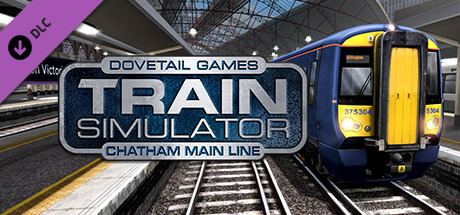
Most services on the Line are run by Southeastern, part of Govia Group, which also operate the Southern and the London Midland franchises. Govia Thameslink Railway run a Thameslink service, starting from London Blackfriars and travelling via Denmark Hill on the Catford Loop, joining at Shortlands Junction. It then travels to Swanley before heading to Sevenoaks. Southeastern used to run this service.
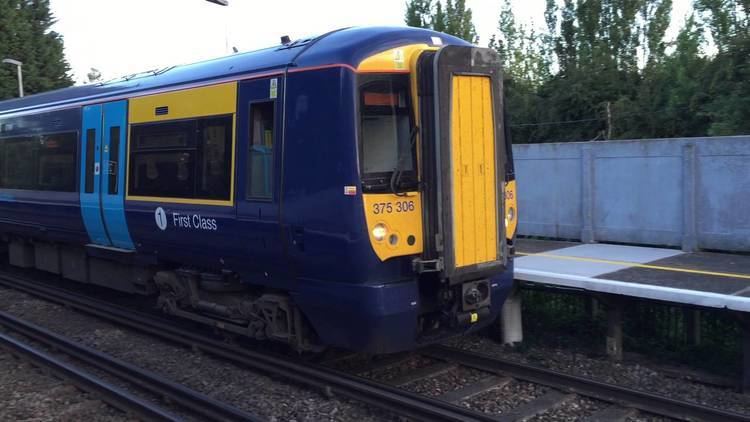
While travelling between Bromley South and London Victoria, the trains can either travel on the main line, through Beckenham Junction, Herne Hill and Brixton, or can be divert via the Catford Loop Line, coming away from the main line at Shortlands Junction, travelling through Catford and Peckham Rye, and then just past Brixton it either picks up the Southeastern line all the way, or can follow the Southern (Atlantic) Line through Clapham High Street before crossing back over to the Southeastern Line to London Victoria. Some services travelling via Catford may stop at Denmark Hill.
From 13 December 2015, the off-peak timetable consists of two trains per hour from Victoria, calling at Bromley South, Longfield, Meopham, Rochester, Chatham, and Rainham. One service will call at Newington, Sittingbourne, Teynham and Faversham, then all stations to Dover Priory via Canterbury East. The other service will only call at Sittingbourne and Faversham then all stations to Margate and Ramsgate. These trains will no longer split or join up at Faversham. The hourly stopping service from Victoria now goes as far as Dover Priory, calling at Denmark Hill, Bromley South, St Mary Cray then all stations to Gillingham. It then becomes a semi-fast service, calling at Rainham, Sittingbourne, Faversham, Canterbury East and Dover Priory. A High Speed Service sees two trains per hour from St Pancras International to Faversham via Gravesend and Chatham. One service terminates at Faversham before travelling back to St Pancras International via Chatham and Gravesend. The other service continues coastbound as a semi-fast service calling at Whitstable, Herne Bay, Birchington, Margate, Broadstairs and Ramsgate. It will then carry on, stopping at Sandwich, Deal, Walmer, Martin Mill, Dover Priory, Folkestone Central, Folkestone West and Ashford International, before picking up the High Speed Line to Ebbsfleet International, Stratford International and arriving back at St Pancras International. A service operates in the opposite direction. There is one other High Speed Service that runs on a small part of the line, starting from Margate and calling at Broadstairs and Ramsgate before heading to Canterbury West, and Ashford International, then picking up the High Speed Line and calling at the remaining stations to St Pancras International.
Altered services due to emergency repairs
On 24 December 2015, engineers carrying out a survey of the railway line running between Dover Priory and Folkestone Central discovered that a section of sea wall carrying the line has eroded away, and suspended the service immediately. During this time, a replacement bus service operated between Dover Priory and Folkestone Central.
It was thought it would take a year to repair, but after just over 8 months, this section of line reopened on 5 September 2016, more than 3 months earlier than expected, so normal services have resumed.
Rolling stock
The following trains are operated on the line : Class 395 "Javelin" since 2009, Class 375 "Electrostar" since 2001, Class 465 "Networker" since 1992 and Class 466 "Networker" since 1993.
History
The line was built by the London, Chatham and Dover Railway, who were in competition with the South Eastern Railway (hence the duplication of stations in Kent). They subsequently built lines to Sevenoaks and Ashford (via Maidstone) from the Chatham main line.
The line was electrified (750 V DC third rail) in a series of stages. Initially the new Southern Railway electrified the urban (within London) workings of the SECR in the 1920s. In July 1925 "South Eastern Electrification (Stage 1)" saw the line from Victoria to junction with the South Eastern Main line at Bickley, including the Catford Loop Line electrified. This was extend to outer suburban workings to Sevenoaks via Swanley (Bickley junction to Swanley) in two stages, reaching St Mary Cray in May 1934 and Swanley in January 1935. Full outer suburban electrification was achieved with the "Maidstone & Gillingham Electrification" scheme in July 1939, extending electrification from Swanley to Gillingham. Post war, under the BR's 1955 Modernisation plan, electrification was completed (Gillingham to Ramsgate and Dover) under "Kent Coast Electrification" stage 1 in 1959. At the same time the four track section between Shortlands and St Mary Cray junction was extended to Swanley Junction with a complete rebuilding of the St Mary Cray Junction. Two passing loops were added (to create a four-track section) between Rainham and Newington.
A short branch was built during World War One to service the construction of RAF Manston with a junction off the up line at Birchington on Sea.
East Kent Re-signalling Project
The idea of this project is for control of East Kent from Longfield to Ramsgate and just short of Dover Priory to be under the control of the East Kent Signalling Centre (EKSC) based at Gillingham.
Phase 1 of the project was carried out over the Christmas and New Year period of 2011, which involved the complete re-signalling from just East of Sittingbourne to Faversham, then on to Minster Junction and Buckland Junction, just short of Dover Priory. The old signal boxes were then abolished at Faversham, Margate, Ramsgate, Canterbury East and Shepherdswell. Phase 2 involved the re-signalling of the line between Sittingbourne to Longfield and Strood, including the Sheerness Branch Line and the Medway Valley Line to operate from the East Kent Signalling Centre at Gillingham, which is now operational. This means that the Signal Boxes at Rainham and Rochester have now closed, although Sittingbourne remains open as a relay signal box for the Sheerness Branch Line, controlled from Gillingham.
On 13 December 2015, a new £26m Rochester station on Corporation Street opened 500m west of the original station which it replaced. This station has 3 platforms and can accommodate 12-car trains instead of the 10-cars maximum length at the original station. Some 12-car Peak Time Trains are additionally stopping here. At the time, only platforms 1 and 2 were operational. From Easter 2016, Platform 3 was only a Bay Platform with a maximum length of 8-cars, but since 10 October 2016, Platform 3 became a though platform with services either able to head towards the Kent Coast or terminating here before head back up towards London. At the East End of the platform, a third line now runs all the way up to the old Rochester Station passing through what was Platform 4 before rejoining the Down Main towards Chatham. This can also enable long freight trains to be held here, allowing passenger services to pass, therefore removing a potential bottleneck.
Rainham has a new bay platform off the up-line, which can accommodate a 12-car train, labelled Platform 0. It is now being used as a Terminus for a couple of evening rush hour trains.
Strood has also been lengthened to accommodate 12-car trains.
